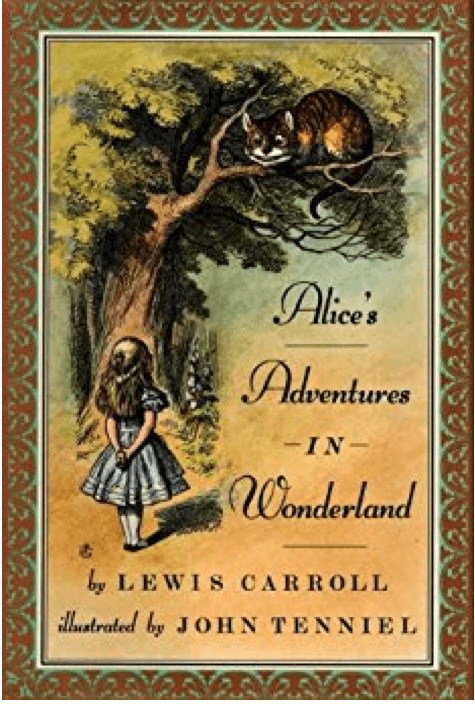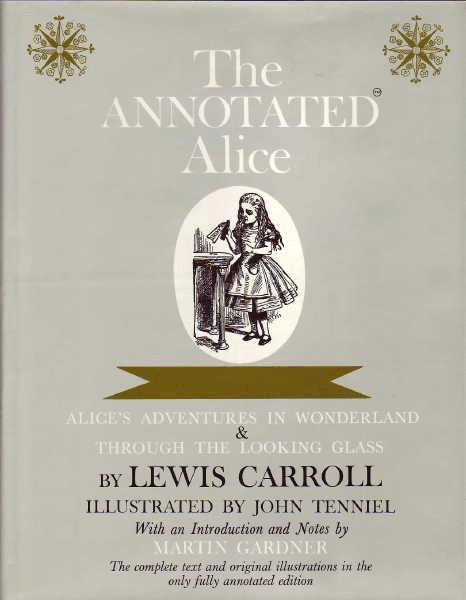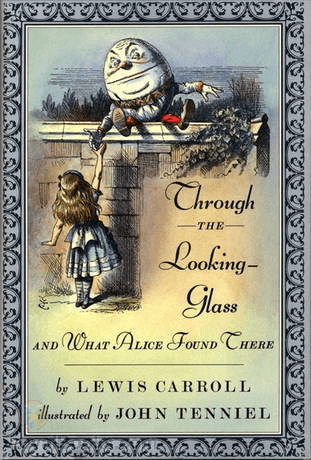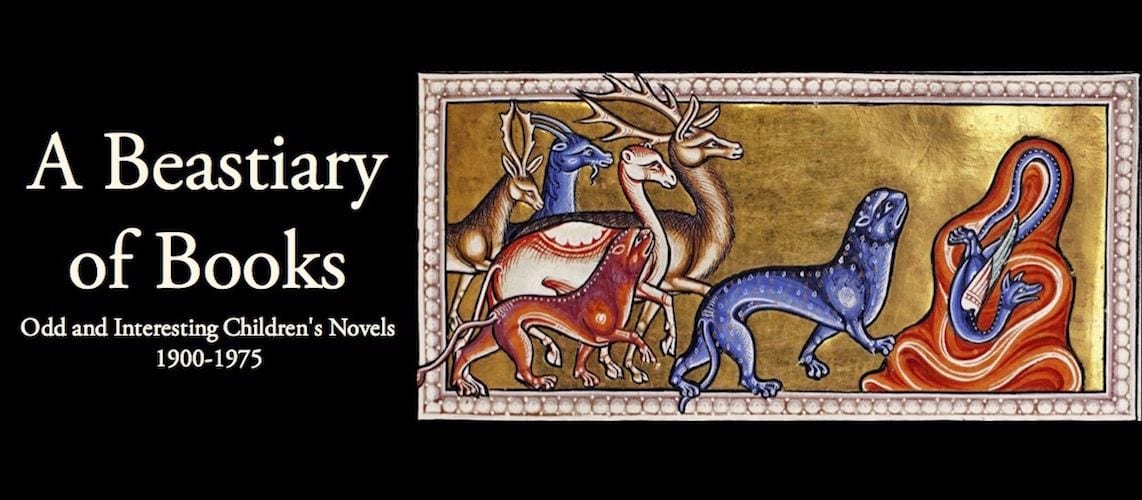 The ur-work of Nonsense, of course, is Alice. We are dipping well back into the 19th century here, but we can’t not start with Alice. In the Victorian era there were many loosely plotted stories of “fairy-land” (the going term for any fantasy world), but Carroll’s eccentric work was something else altogether.
The ur-work of Nonsense, of course, is Alice. We are dipping well back into the 19th century here, but we can’t not start with Alice. In the Victorian era there were many loosely plotted stories of “fairy-land” (the going term for any fantasy world), but Carroll’s eccentric work was something else altogether.
 To fully appreciate Alice you should read Martin Gardner’s The Annotated Alice, which contextualizes the story, its author, and the many inside-jokes (though be aware that later historians have debunked some of the assumptions about Carroll’s personal life). Lewis Carroll was the pen name of Charles Dodgeson, a lecturer of mathematics at Oxford with wide ranging interests in art, psychic phenomena, photography, puzzles, wordplay, and of course mathematics, both serious and recreational.
To fully appreciate Alice you should read Martin Gardner’s The Annotated Alice, which contextualizes the story, its author, and the many inside-jokes (though be aware that later historians have debunked some of the assumptions about Carroll’s personal life). Lewis Carroll was the pen name of Charles Dodgeson, a lecturer of mathematics at Oxford with wide ranging interests in art, psychic phenomena, photography, puzzles, wordplay, and of course mathematics, both serious and recreational.
He enjoyed the company of children, and often told them stories. On one occasion, as Carroll later recalled, “in a desperate attempt to strike out some new line of fairy-lore, I had sent my heroine straight down a rabbit-hole.” The children he was with urged him to write the story down. (That original manuscript has been published in facimile as Alice’s Adventures Under Ground.) Reworked for publication, it became Alice in Wonderland.
 The result was the well-known story of Alice wandering about, encountering crabby and pedantic animals, foodstuffs that make her grow and shrink, the Cheshire cat that disappears at will, and the tyrannical Queen of Hearts. Along the way Alice has to listen to, and recite, a good deal of nonsense poetry, much of it lampooning the syrupy moralistic poetry for children of that era. The second book, Through the Looking Glass, is slightly more structured, involving a giant chess-game in which Alice participates, but within that structure the action is nearly as random as in the first book.
The result was the well-known story of Alice wandering about, encountering crabby and pedantic animals, foodstuffs that make her grow and shrink, the Cheshire cat that disappears at will, and the tyrannical Queen of Hearts. Along the way Alice has to listen to, and recite, a good deal of nonsense poetry, much of it lampooning the syrupy moralistic poetry for children of that era. The second book, Through the Looking Glass, is slightly more structured, involving a giant chess-game in which Alice participates, but within that structure the action is nearly as random as in the first book.
What makes Alice great is the quality of Carroll’s nonsense: the mathematical, philosophical, and linguistic jokes interspersed with the sillier silliness (the former appealing more to adult enthusiasts than child readers). Alice, for modern readers, may feel crabbed, stiff, and prickly, but it’s important to understand how sharply it contrasts with that era of sentimental child-worship. Anyone from upper-class Victorian England who could have a child heroine say “it would have made a dreadfully ugly child: but it makes a rather handsome pig, I think,” was a breath of fresh air.


I think you’re being too apologetic about how distant in history we wander to encounter Alice. She set a standard that we still use for reference today. And the books are still fun to read. At least I liked them as both a kid and later as an adult.